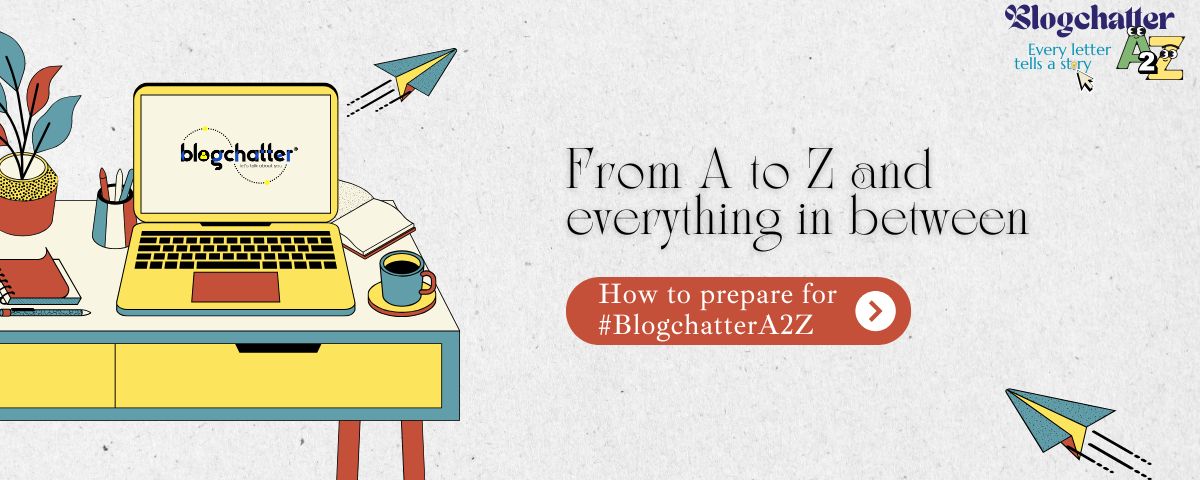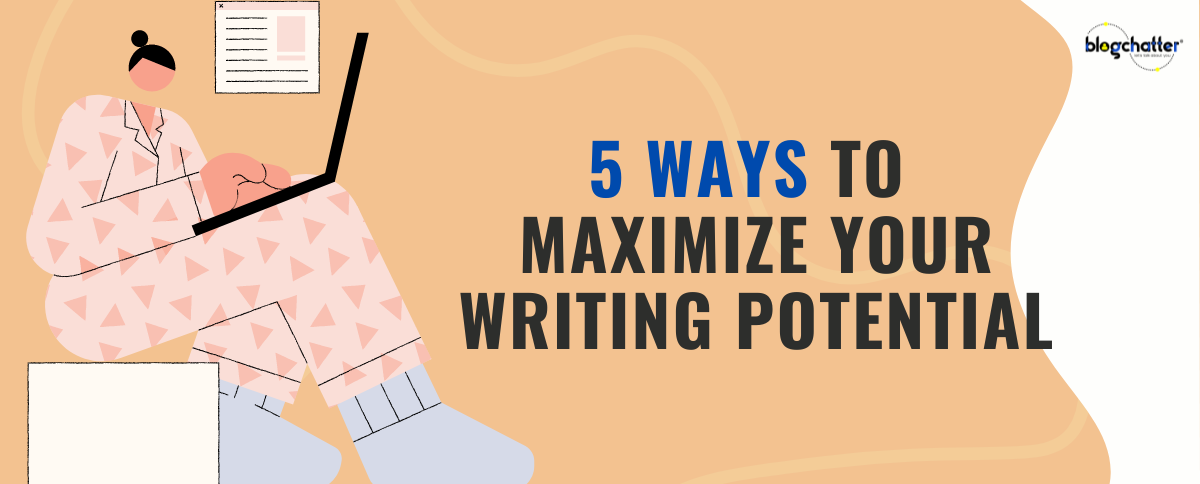Now that the writing festival is over and a lot of you have successfully published your own ebooks, let me take this chance to congratulate you all. I personally can never commit to writing blog post every single day, on the same theme, for a month – and all those of you who have, are superhuman in my books. Honestly.
I’ve noticed that you all are reviewing each other’s books and giving feedbacks, which I believe is brilliant. Everyone has some wisdom to share and that is how we become better, by learning from others. Of course, at the end of the day it is your discretion — which advice you implement and which one you trash.
Talking of advice, if there is any that I can give you all (at all), it would be some tips on how to edit your manuscript. When your manuscript is complete, the most obvious next step that comes to everyone’s mind is — finding a publisher! Of course, but step back and think. Would the rough draft of your manuscript make a good impression on the publishers? You just have one chance to woo them, would you send a rough draft across? No.
Another scenario — you have selected a publisher and this one doesn’t have an editorial team. Or, they do – but the standard of editing isn’t something great to write home about? Now what? Will you let your book be printed as it is? You might want to send it to a professional editor, but before you send your manuscript to the editor or to a publishers, here is what you need to do.
Edit it yourself.
Yes, of course. When we have a story in mind, the idea is to get it down on the page before the moment disappears. And in that hurry, we type…type…type. If you look back at the page, you’ll yourself spot errors which don’t need a professional editor to correct! You know them, you just didn’t notice them while typing. So here are some quick checks you can run your manuscript through before handing it over to anybody — even the beta reader or your friends & family.
* Run a spell check
* Check for all blue-red-green squiggles
* Align all text properly
* Check font size and font type
* Check headings and sub-headings
And then, read the manuscript once. It’s been a while since you stopped writing, you’ve had some time away from it so it would be good to go back to it. Only this time, read it as a reader and not as the author of the manuscript.
* Do you like how the plot progresses?
* Are the characters well-defined?
* Do the characters justify their actions?
* Is there a lapse in the sequence of events?
* What about continuity?
Keep an eye open for these things. You don’t need a specialist to tell you what to do, should you encounter any of the above mentioned issues — you know what to do! It’s your story, after all.







Comments
Those are some amazing pointers on self editing. Editing a manuscript is surely a daunting task.